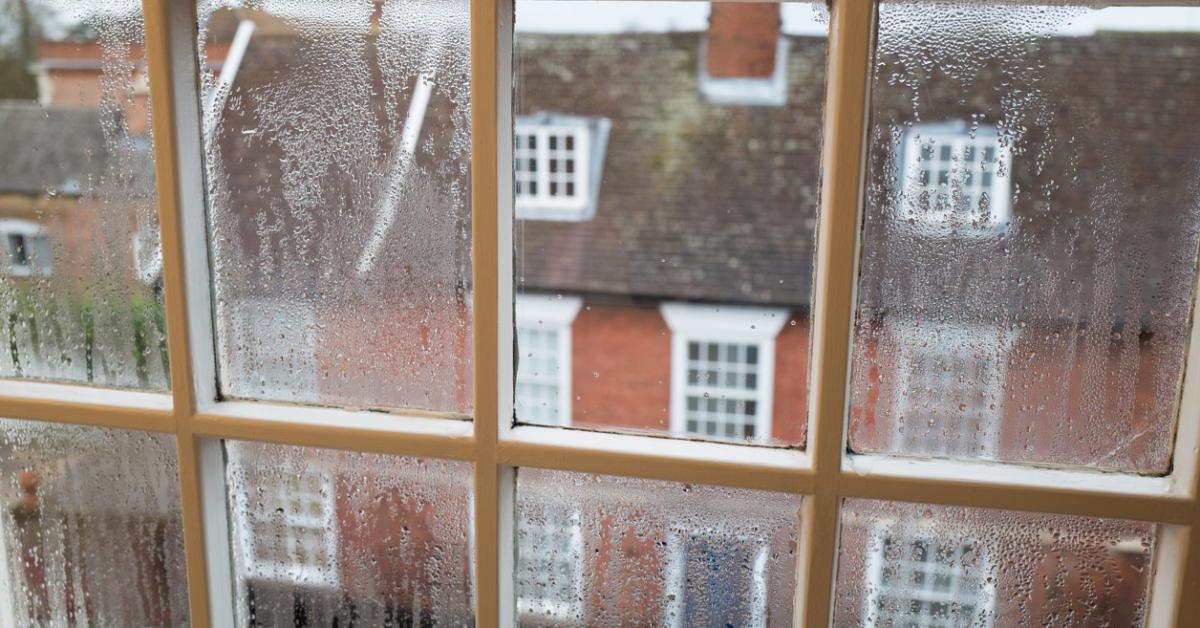

NRLA runs proptech pilot tackling damp and mould
The NRLA has partnered with Danish firm WiseHome to run a pilot programme trialling a new product offering a high-tech solution to the issue of damp and mould in rented homes.
Damp and mould can come about as a result of anything from structural problems within the property or tenant behaviour (for example inadequate ventilation when cooking, or drying clothes indoors), and is one of the 29 recognised hazards under the Housing Health and Safety Rating System (HHSRS).
The issue hit the headlines two years ago, following the tragic death of toddler Awaab Ishak as a result of prolonged exposure to mould in his family’s housing association property.
The Government issued comprehensive guidance in the wake of his death, with Awaab’s Law which will compel landlords to take action to tackle damp and mould within set timelines, to be introduced in the private rented sector under the Renters’ Rights Bill.
A requirement for all rental homes to be free of damp and mould will also be one of five key requirements of the new Decent Homes Standard in both the social and privately rented sector, which will also be introduced under the Bill.
With 29% of landlords reporting issues with damp and mould it is, therefore, vital that landlords take the issue seriously and get on top of any reports of damp or mould in their rental properties.
How does the new tech work?
The new device, created by WiseHome, is comprised of a WIFI box and sensor, which detects humidity in a property, and creates an alert, advising tenants on what to do to tackle this; whether that’s opening a window or turning on a radiator.
A dashboard, which can be viewed by the landlord and tenant also shows levels of:
- Dampness
- Ventilation
- Thermal comfort
- Mould risk
- Energy saving potential
- Leakage
We were approached to get involved with a pilot scheme to test out the effectiveness of the technology, with eleven NRLA members of the NRLA’s research panel and their tenants volunteering to trial the scheme.
The scheme found 63% apartments had challenges with high humidity and low ventilation, with issues mainly in common areas and bathrooms.
Preliminary findings showed an improvement in terms of ventilation and humidity in 55% of the properties over time, with 55% finding the alerts system successful when it came to changing tenant behaviour.
Around 60% of those involved said they were satisfied with the device.
Responding to the trial, one landlord said the device had given them an insight into how humidity varies between room and across time periods, with another saying the graph and data were very helpful when it comes to increasing the awareness of the impact of mould and damp and increasing levels of responsibility on landlords.
A tenant reflected that being able to see when humidity levels were higher was helpful when it came to keeping on top of things.
WiseHome is now working to refine the technology – and its pricing – based on the findings and is working together with the NRLA to offer a tailored deal for you.
NRLA partnerships manager Rosilyn Ellis, who managed the scheme with the team from WiseHome, said: “Damp and mould can cause major issues, and we are keen to explore creative ways that landlords and tenants can work together to tackle this complex issue.
“We would like to say a huge thank you to all the landlords who took part. These trials are really valuable when it comes to finding solutions to challenges faced by landlords on a daily basis, and we look forward to continuing our talks with WiseHome about how the product can be developed to support the provision of warm, hazard-free homes across the private rented sector.”

